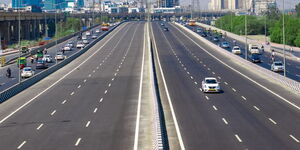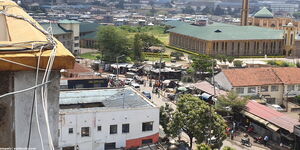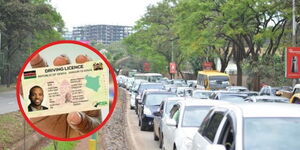As you walk around ancient Kenyan towns and villages in the country, you may have noticed similarities in the designs of buildings in the shopping centres where shops are hosted at the front with a series of residential houses attached behind the building.
On most occasions, the residential units are usually designed in two rows forming a rectangular shape.
Across different regions in the country, the buildings are referred to as duka, Swahili for shop.
Unknown to many, the design was introduced in the country between the late 1890s and the early 1900s. Indian businessmen introduced the design during the Kenyan - Uganda Railway line construction, which commenced on May 30, 1896.
During the construction of the railway line, businessmen, popularly known as dukawallas built shops and houses that also hosted their families. The businessmen were known to offer goods on credit.
Throughout the 19th century, the dukawallas spread across regions where the railway line crossed, hence the predominant architecture in towns that emanated over the railway stations, such as Kisumu City and Yala.
Over time, the dukawallas influenced the African natives who adopted the architecture or inherited the buildings from the Indians.
Notably, Indian businessmen are also credited for the spread of the use of iron sheets in Kenya.
"The Duka, derived from the Hindustani word Dukan, was set up in remote locations after the British built the Uganda Railway at the end of the 19th century.
"Housed behind the Duka, the hardy Dukawalla faced wild animals at night, the hot sun during the day and isolation from his relatives and friends but he persisted and survived," Kul Bhushan documented in the Indian Empire Magzine in 2004.
Sometimes, the buildings were constructed with double-layered bricks and painted white upon completion.
One of the dominant features of the buildings is the high-pitched walls that elevate above the roof of the main shop.
The walls were and are still used to identify shops. In the 1900s, the owners occasionally indicated the owner of the buildings and the year the building was built. This is still a feature that can be witnessed in some of the shops.
I bet those who grew up in the village are by now nostalgic or are reminiscing about their younger days.












